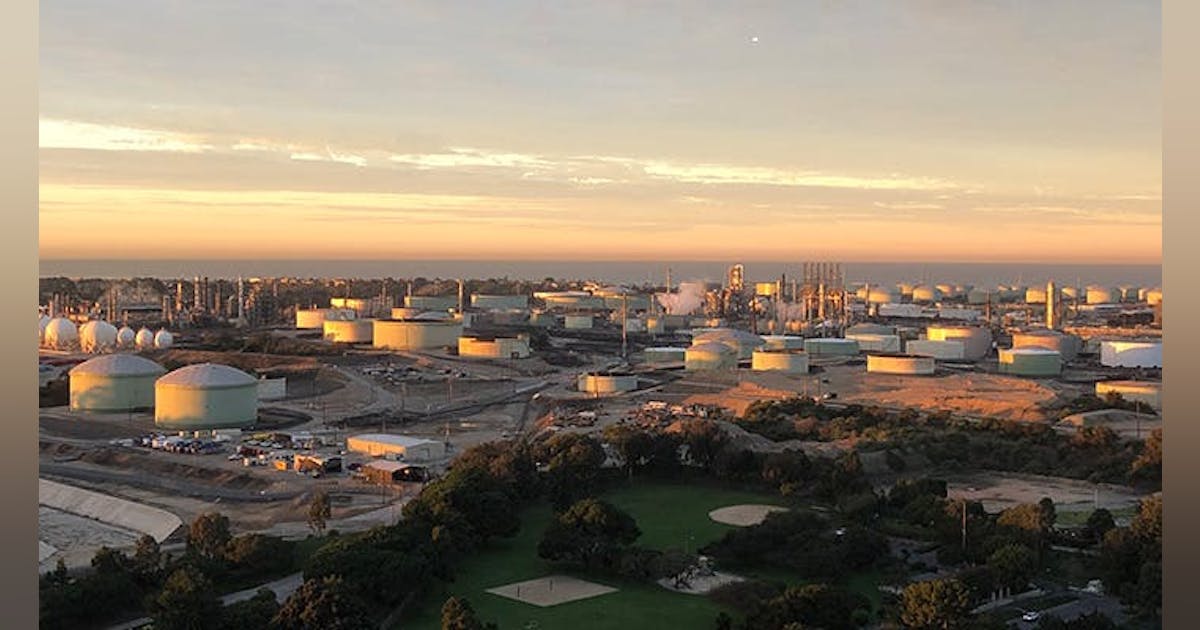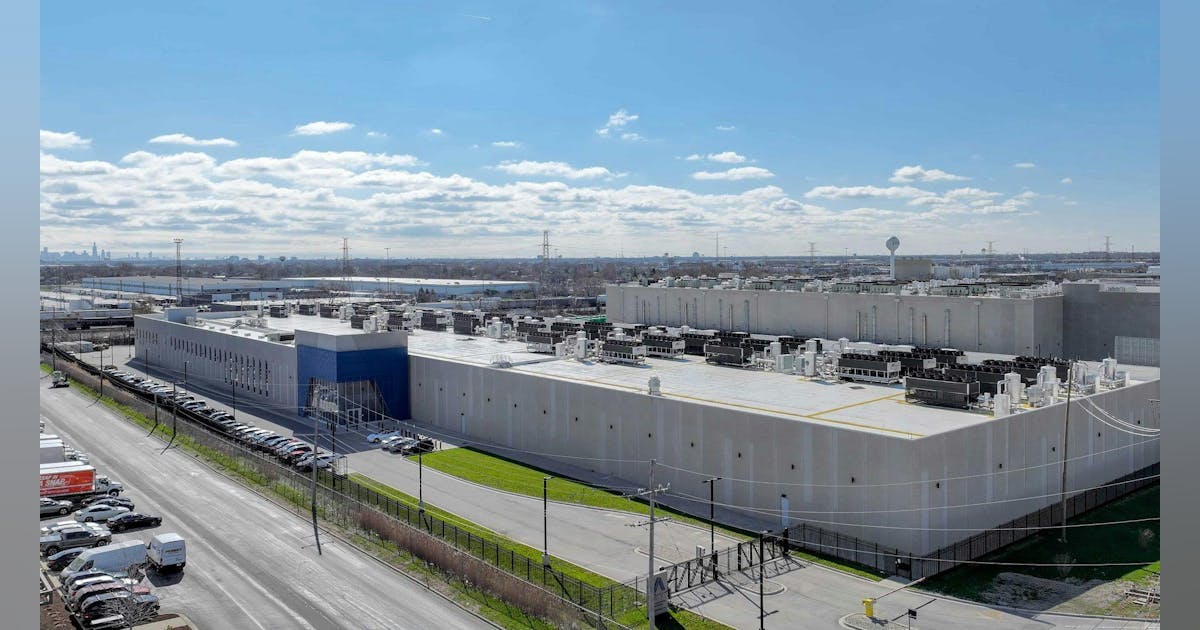
A BofA Global Research report sent to Rigzone by the BofA team recently noted that BofA sees “a[n] [oil price] floor likely forming at $55 per barrel”.
That report also revealed that the company is maintaining its Brent forecast of $61 per barrel in the fourth quarter of 2025 and $64 per barrel in the first half of 2026.
The report went on to warn, however, that “if U.S.-China trade tensions escalate in the midst of the OPEC+ production ramp up, Brent could drop below $50 per barrel”.
In the report, BofA said market participants have been “sick worried about a crude oil glut for almost a year now” and pointed out that front month Brent and WTI crude oil prices have come down by about 50 percent from their respective peaks of $128 per barrel and $124 per barrel in 2022.
“Of course, weaker oil prices this year have a lot to do with OPEC+ agreeing to increase quotas within the Group of 8 by about four million barrels per day over 18 months starting in April 2025,” the report noted.
“Oil markets have already been on a surplus for some time, although inventories across the OECD remain low because most excess barrels have gone into Chinese strategic storage,” it added.
“Rapid strategic oil stockpiling in China and a looming surplus in 1H26 have resulted in an odd term structure in Brent: tight in the front, loose in the back,” it continued.
“Yet, oil prices have come down quickly in recent days as China reimposed some limits on rare earth elements (REE), the U.S. threatened China with fresh tariffs, and Iran threw down the gauntlet by turning on transponders to show the world where its oil is going,” the report went on to state.
BofA noted in its report that the current long-term contango of nearly $4 per barrel and near-term oil backwardation structure is an outlier and will not last.
“In our estimates, only five percent of months in the last 20 years have featured a backwardated near-term curve with a contangoed long-term curve,” the report stated.
“Today’s long-term contango of nearly $4 per barrel is a significant outlier compared to levels of near-term backwardation like those we see now,” it added.
BofA said in the report that one of the better corners of the market to look for guidance is the intermediate step between production and commercial oil inventories.
“Historically, shipping rates have tended to increase as crude barrels flow into the water,” the report highlighted.
“We estimate that a rise in shipping costs today shows up in increased oil-on-water around 4-6 weeks later, and there are some signs that the going daily rate for oil vessels is rising,” it added.
“With oil-on-water increasing counter seasonally and at a fast rate too, we note that onshore inventories also tend to build, although this process could take around 3 to 4 months,” it said.
“Still, macro cyclical conditions matter for demand and the data shows rangebound activity. So, it does not point to a clear up or downside breakout for oil prices,” it pointed out.
The BofA report stated that, with more oil on the water, both shipping costs and macro cyclical conditions will likely provide an early indication of where prices are heading.
“But much of the surplus is still building up in China, a situation we expect to continue,” BofA noted in the report.
“Oil balances could look cleaner by 2H26 thanks to fiscal and monetary policy easing and a relatively weak USD,” it added.
“Beyond macro factors and the possibility that OPEC+ changes course on scheduled production increases, we believe ample storage capacity, relatively firm demand, and declining U.S. output should all come together to support oil prices somewhat below the current levels,” it continued.
“Looking into 2026, we see U.S. crude oil production flatlining, while demand could improve if America moves forward with trade deals over the coming months. If so, Brent crude is unlikely to collapse to $40 per barrel despite surplus volumes over the coming quarters,” the BofA report went on to state.
In a report sent to Rigzone by the Skandinaviska Enskilda Banken AB (SEB) team on Tuesday, SEB Chief Commodities Analyst Bjarne Schieldrop said, “we think OPEC(+) will trim/cut production as needed into 2026 to prevent a huge build-up in global oil stocks and a crash in prices but for now we are still heading lower – into the $50ies per barrel”.
Rigzone has contacted OPEC for comment on the BofA and SEB reports. Rigzone has also contacted the White House, the U.S. Department of Energy, the State Council of the People’s Republic of China and the International Press Center of China’s Ministry of Foreign Affairs, and the Iranian Ministry of Foreign Affairs for comment on the BofA report. At the time of writing, none of the above have responded to Rigzone.
In a report sent to Rigzone last Friday by the Macquarie team, Macquarie strategists, including Vikas Dwivedi, highlighted that “most market participants have very bearish balances for 4Q25 and 1Q26”.
“However, price remains range-bound and structure remains backwardated, and crude price is not yet reflecting the large, broadly anticipated surpluses,” the strategists added.
A BMI report sent to Rigzone by the Fitch Group on the same day revealed that BMI was forecasting that the Brent crude price will average $68 per barrel in 2025 and $67 per barrel in 2026.
A report sent to Rigzone by the Standard Chartered team on October 8 showed that Standard Chartered was projecting that the ICE Brent nearby future crude oil price will average $61 per barrel this year and $78 per barrel next year.
In its latest short term energy outlook (STEO), which was released on October 7, the U.S. Energy Information Administration (EIA) projected that the Brent crude spot price will average $68.64 per barrel in 2025 and $52.16 per barrel in 2026.
To contact the author, email [email protected]























